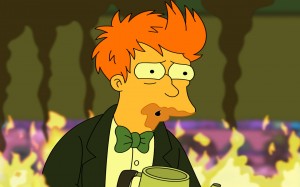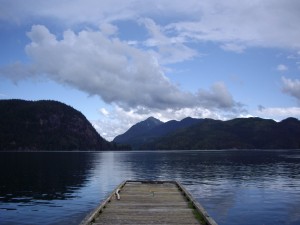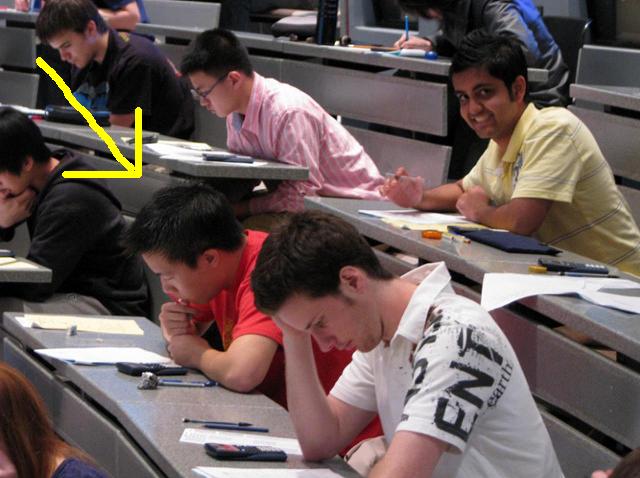Finally, after a tedious 8 months away from UBC, I have returned to campus for my first half of third year. It has definitely been a weird change getting back to the student mentality. For the first time since first year, I have regularly scheduled classes again! It feels absolutely exhilarating not having to be in class from 8-5 everyday!

During the fall, I enrolled in the Distance-Ed course of CIVL 200: Engineering and Sustainable Development. The course was taught by Dr. Fiona Crofton and contained a wallop of information from life cycle analysis to interactive systems to economic approaches to sustainability. Entirely online, the course made a huge use of the UBC Vista interface. We weren’t just learning by ourselves, but engaged in many discussion board postings and chat rooms. The course delivered on a lot of familiar material through a new medium.
Now in the Spring term, I’ve got five classes:
- MECH 305 – Data Analysis and Mechanical Engineering Laboratories
- MECH 360 – Mechanics of Materials
- MECH 375 – Heat Transfer I
- MECH 380 – Fluid Dynamics
- EECE 365 – Applied Electronics and Electromechanics
Now with my Thermofluids option, the only course that’s different from General Mech is the EECE course, which 365 focuses more on electromagnetism concepts. In my opinion, this is more useful knowledge for someone who will be working with a lot of pumps and motors in process facilities, mines and more.
MECH 305 is a 6 credit course, which means a LOT of labs. The lab topics seem to have a lot of variety so I hope they’ll be fun and interesting. In lectures, we learn about statistical analysis. A senior mentor from the Trimentoring program once told me that Stats was probably the most useful class he took in university.
MECH 360 so far has focused on classic physics problems ie. “Will this rod break under this load?” Dr. Mohamed Gadala has been very interactive with the class and takes his time to explain the important concepts (and will stare you down until you understand it completely!).
MECH 375 has the best timeslot on my schedule. 8-9 am MWF and usually with the next class 4 hours later. Every morning we are introduced to heat transfer concepts such as conduction, convection, and radiation. Luckily Dr Atabaki has been producing some fantastic notes along his lectures.
MECH 380, I won’t deny, is my least favorite course at the moment. Fluids is a very complex subject to teach, so it’s important that the concepts be explained very clearly and concise. This is one I’ll definitely have to hit the textbooks a lot for.
EECE 365 has started off very well. Mr Nathan Ozog (from BC HYDRO!) is teaching for the first time and has provided some very thorough lectures so far. The neat thing about electromagnetism is that the concepts are essentially the same as electrical circuits. How much flux is running through that ferrous core? We’ll find out more soon enough.
Being back at school feels great. It’s nice to see young people again and the campus is as lively as ever. Hopefully the Olympics will be fantastic as I get to volunteer at the Thunderbird Arena (Women’s hockey!) as the transport guy. More on that during February. On top of all this, it’s time to start firing off those Co-op resumes for the summer work term again! Better get at it.



